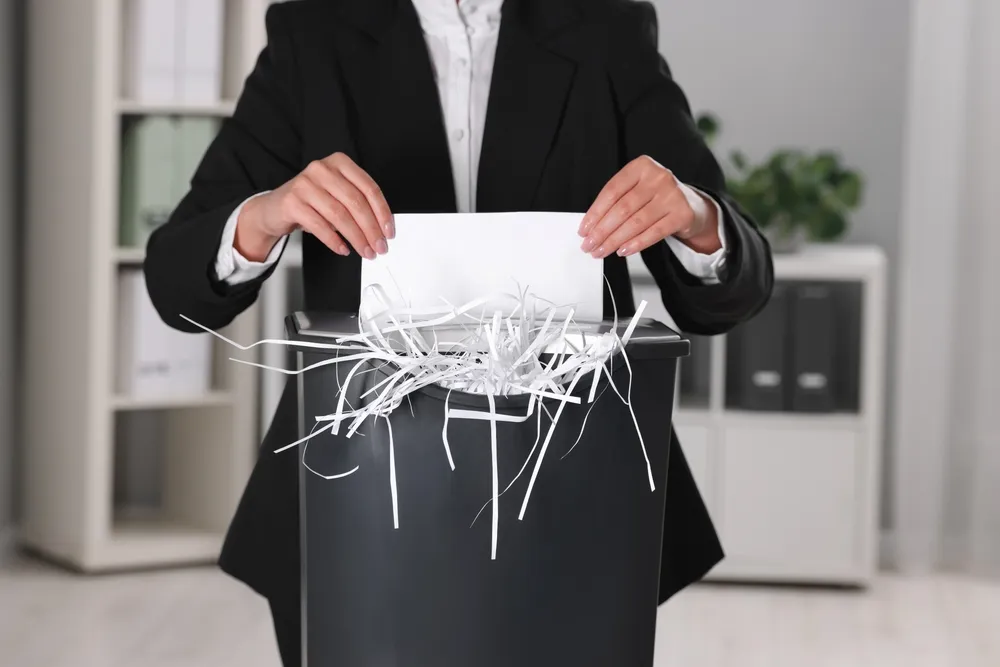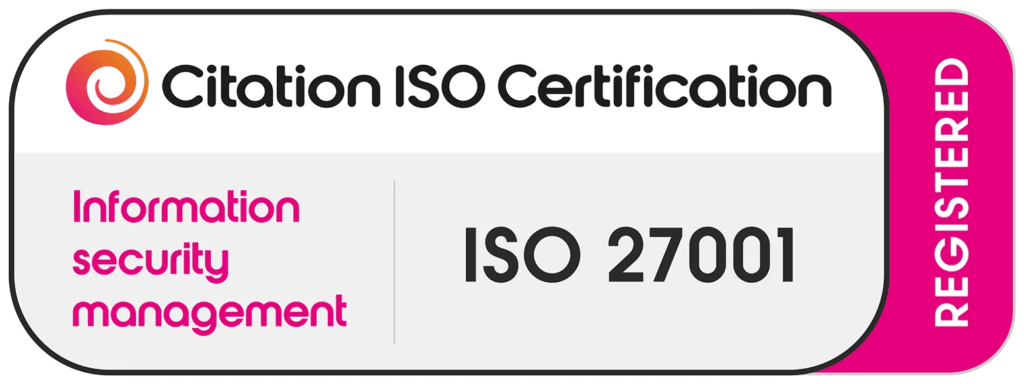Every day, businesses and individuals throw away paperwork, often without realising the risk it poses. If confidential Documents Shredding aren’t shredded properly, they become valuable assets for identity thieves, fraudsters, or competitors. This is where confidential document shredding becomes critical.
Whether you’re managing a small business, running a healthcare facility, or working from home, protecting sensitive data is no longer optional. This comprehensive guide will walk you through how to use secure document destruction, remain compliant with data laws like HIPAA, and find the best shredding services in 2024 for your needs.
Why You Can’t Ignore Document Shredding Anymore
The Rising Threat of Data Breaches
Shredding isn’t just about neatness; it’s about compliance, security, and peace of mind. Improper disposal of documents has led to significant breaches, resulting in financial penalties, lawsuits, and reputational damage. In both business and personal settings, the threat of having sensitive data misused is at an all-time high.
Legal Consequences and Compliance Pressures
Regulations such as HIPAA, GDPR, and FACTA demand that companies destroy documents containing personal or financial data securely. Failing to follow these rules can lead to fines, litigation, or even criminal charges.
What Are Confidential Documents (And Why You Should Care)
Many people believe that only government or legal institutions deal with confidential information. In truth, both households and businesses generate confidential documents regularly.
Examples of Confidential Documents
| Personal Documents | Business Documents |
| Bank statements | Employee records |
| Tax returns | Contracts |
| Utility bills | Client files |
| Medical records | Payroll documents |
Every one of these documents could be misused if left unshredded. Ignoring their disposal could lead to identity theft, fraud, and compliance violations.
Paper Isn’t the Only Threat Digital Documents at Risk
Deleting a digital file doesn’t mean it’s permanently gone. Without proper digital shredding, that data can still be retrieved using recovery software.
Digital Media That Requires Secure Destruction
- Hard drives
- USB flash drives
- CDs/DVDs
- Mobile devices
- External storage systems
Secure document destruction extends beyond paper; digital data must also be permanently destroyed or wiped using specialised tools.
The Dark Side of Poor Disposal: Real-World Risks
The consequences of poor disposal are both serious and far-reaching. Companies have lost millions in lawsuits after client records were mishandled. Individuals have had their identities stolen because old bills and tax documents were fished out of the trash.
Whether it’s a small mistake or a systemic issue, ignoring proper disposal can lead to legal trouble, financial loss, and irreparable damage to trust.
The Real Benefits of Professional Shredding Services
Hiring a shredding service provides far more than convenience. It’s a proactive step toward securing your information, achieving compliance, and reducing your environmental footprint.
Key Advantages
- Compliance with data protection regulations
- Secure destruction of confidential files and media
- Time savings compared to in-house shredding
- Environmental responsibility through paper recycling
- Chain of custody and certificates of destruction
GDPR, HIPAA, and Compliance Simplified
Different laws require different levels of document security.
| Regulation | Applies To | Shredding Requirement |
| HIPAA | Healthcare Providers | Must destroy patient records securely |
| GDPR | Businesses operating in the EU | Must remove and destroy personal data on request |
| FACTA | U.S. Businesses handling consumer info | Requires consumer data to be disposed of properly |
Choosing HIPAA-compliant shredding ensures you meet the necessary standards for secure data handling.
Types of Shredding: Which One’s Right for You?
Shredding is not one-size-fits-all. Understanding the differences can help you choose the right method.
Comparison of Shredding Methods
| Type | Cut Style | Security Level | Use Case |
| Strip-Cut | Long strips | Low | General waste |
| Cross-Cut | Short strips | Medium | Moderate sensitivity |
| Micro-Cut | Tiny particles | High | Highly confidential material |
Micro-cut shredding offers the highest level of document security and is recommended for legal, medical, or financial data.
Mobile vs. Off-Site Services What’s Safer?
Both mobile shredding services and off-site shredding offer secure solutions, but the choice depends on your needs.
| Service Type | Advantages | Ideal For |
| Mobile Shredding | On-site shredding, watch the process | High-security needs |
| Off-Site Shredding | Lower cost, bulk shredding | Businesses with high volume |
Mobile shredding provides transparency, while off-site is cost-effective for larger jobs.
How to Choose a Shredding Company You Can Trust
When choosing a provider, look beyond price. Consider these essential factors:
- NAID AAA certification
- Positive reviews and long-term clients
- Clear pricing and no hidden fees
- On-site or mobile shredding availability
- Certificate of destruction provided
You can find top local shredding companies by searching “shredding company near me” and checking their credentials.
DIY vs. Professional Shredding: What’s the Real Cost?
Home shredders may seem convenient, but they often lead to hidden expenses and risks.
Cost Comparison
| Factor | DIY | Professional |
| Cost | High (machine + maintenance) | Predictable flat rates |
| Time | Hours weekly | Minutes |
| Risk of Error | High | Low |
| Compliance | Manual logs | Fully documented |
Professional shredding ensures efficient, reliable, and fully secure document destruction.
Office Shredding Best Practices That Actually Work
To keep your workplace secure:
- Place locked shredding bins near high-traffic areas
- Educate employees on data handling and disposal
- Create a shredding schedule and assign responsibility
- Maintain logs and perform internal audits
Effective policies combined with mobile shredding services keep your compliance airtight.
Hosting a Company Shred Day: A Step-by-Step Guide
Organizing a shred day is a great way to clean out old files while showing commitment to data security.
- Partner with a reliable shredding provider
- Announce the event internally and externally
- Encourage all departments to participate
- Publicize the event as part of your security and sustainability goals
Why Residential Shredding is a Must in 2025
Data threats don’t stop at the office. Homeowners, freelancers, and remote workers also deal with sensitive information.
Reasons to consider residential paper shredding:
- Rising identity theft from mail theft and curbside scavenging
- Safe disposal of old tax records, medical files, and bills
- Home offices require the same level of protection as businesses
Many companies now offer flexible, secure shredding at your doorstep.
Go Green with Your Shredding: Secure + Eco-Friendly
Shredding isn’t just about security; it’s about sustainability.
- Shredded paper is often recycled into new paper products
- Some shredding companies convert waste into renewable energy
- Certified providers follow environmentally responsible processes
Choose a shredding partner committed to reducing landfill waste and saving trees.
Before the Shred: Secure Storage Tips
Security starts long before shredding.
- Store documents in locked cabinets or bins
- Set up access logs for high-security areas
- Schedule pickups before storage reaches capacity
Managing your document storage ensures no breach happens while waiting for disposal.
Shredding Isn’t Just for Paper: Digital Threats to Watch
Digital media can be even more dangerous than paper if mishandled.
Steps for safe digital shredding:
- Use hard drive shredding or degaussing services
- Shred or destroy USBs, CDs, and SD cards
- Ensure chain of custody and data erasure documentation
Compliance with data protection shredding law means destroying all formats securely.
What Happens After Shredding? The Secret Process
Wondering what happens next?
- Documents are shredded, then baled
- Material is sent to a recycling facility or energy plant
- Certificates of destruction are issued for your records
A trustworthy provider maintains a full chain of custody and transparent documentation.
Pricing Breakdown: What You’ll Pay (and Save)
Shredding doesn’t have to break the bank.
| Service Type | Estimated Cost |
| One-time purge | $75–$150 |
| Scheduled shredding | $40–$100/month |
| Mobile shredding | $90–$130 per visit |
| Digital device destruction | $20–$60 per unit |
Ask for quotes and check for bulk discounts or flexible plans.
Final Thoughts: Don’t Wait to Secure Your Sensitive Info
Proper confidential documents Shredding is essential for safeguarding personal privacy and business security. Whether you’re a homeowner or a CEO, it’s time to take data destruction seriously.
Secure your data, comply with the law, and protect your reputation all by making shredding part of your regular routine.
FAQs About Document Shredding (Real Questions, Real Answers)
1: Is shredding required by law for businesses?
Yes, depending on the type of data handled, various laws require secure shredding.
2: Can I get on-site shredding at home or work?
Yes. Many mobile shredding services provide doorstep shredding for homes and offices.
3: What happens to shredded paper?
Most shredded paper is recycled or processed into new products.
4: Is it worth hiring professionals over using a home shredder?
Absolutely. Professionals provide higher security, save time, and ensure compliance.
5: What’s the safest shredding method?
Micro-cut shredding offers the highest level of document destruction.
6: How do I securely dispose of hard drives?
Use hard drive destruction services that physically destroy the drive beyond recovery.



